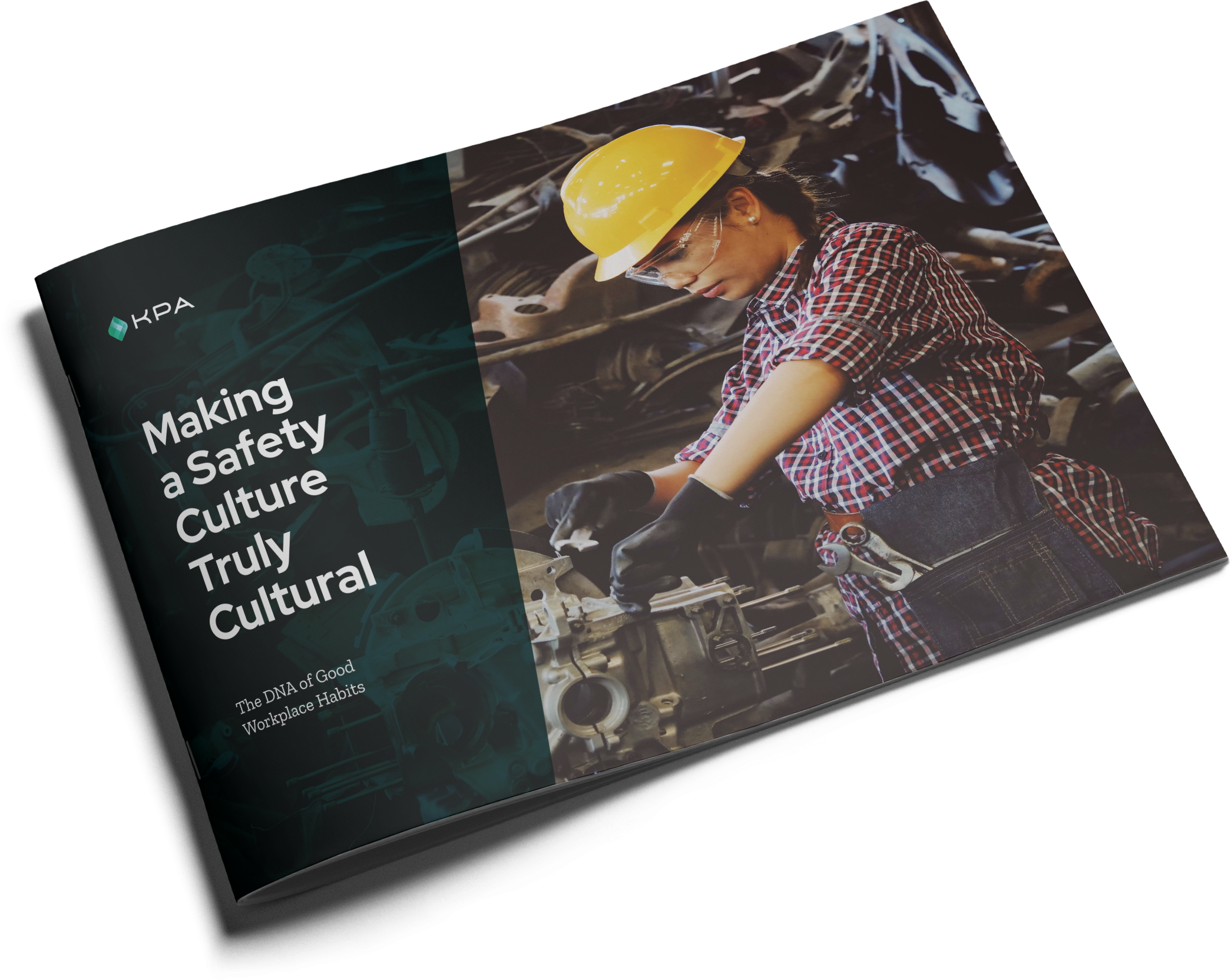In the world of Environmental Health and Safety (EHS), we often focus on programs, policies, and procedures. However, as seasoned professionals know, true workplace safety extends far beyond these formal structures. It requires a collective effort—a village, if you will—of committed individuals, strong partnerships, and a culture that breathes life into safety initiatives.
As a Managing Partner at 2SIX Advisors, I’ve witnessed firsthand how the most successful organizations approach safety not as a solitary endeavor but as a collaborative mission. This blog post explores the vital interplay between partnerships, people, and safety culture and how together, they create a powerful force for workplace safety.
The Synergy of Programs and Culture
Let’s begin by addressing a common misconception: a robust safety program automatically translates to a strong safety culture. While these two elements are interconnected, they serve distinct purposes in the safety ecosystem.
A safety program provides the framework—the policies, procedures, training schedules, and tools that form the backbone of safety initiatives. It’s the blueprint that outlines what needs to be done. On the other hand, safety culture is the living, breathing embodiment of these principles in action. It’s how your team interprets, internalizes, and acts upon the safety program in their day-to-day operations.
Greg McCully with 2Six Advisors joins us to share his perspective on creating a safety culture that sticks.

Greg is a board-certified safety professional with over 20 years of health and safety experience, with his time spent in various industries, including aerospace, manufacturing, construction, shipbuilding and oil & gas.

Making a Safety Culture Truly Cultural
What safety looks like today, where safety needs to change, and how to create a safety culture.
Consider this: your safety program might mandate the use of personal protective equipment (PPE), but it’s your safety culture that determines whether employees consistently and correctly use that PPE, even when no one is watching. It’s the difference between compliance and commitment.
In the following sections, we’ll delve deeper into how partnerships and people power this synergy, creating a safety culture that’s greater than the sum of its parts. We’ll explore strategies for assessment, employee empowerment, and leveraging technology, all through the lens of collaboration and shared responsibility.
Remember, in the village of workplace safety, everyone has a role to play. Let’s discover how we can work together to create environments where safety isn’t just a priority—it’s a way of life.
Assessing Your Safety Culture
Before implementing solutions, it’s essential to thoroughly evaluate your current safety culture.
Ask yourself:
- Do managers demonstrate a genuine commitment to safety through their actions?
- Are employees equipped with the necessary training and tools to perform their jobs safely?
- Is safety perceived as a core value or merely a compliance requirement?
It’s important to note that change should be implemented at a pace suitable for your organization. Avoid the temptation to revolutionize everything overnight. Each organization has its own capacity for change, and finding the right balance is key to successful implementation.
Employee Empowerment: A Cornerstone of Safety Culture
To cultivate a robust safety culture, it’s crucial to empower your employees. Provide opportunities for them to voice their concerns and suggestions regarding safety matters. More importantly, ensure that their input is acknowledged and acted upon when appropriate.
Reconsider traditional metrics like “Days Without an Incident” or even number of items turned in. These can inadvertently discourage reporting of safety issues or encourage bad reporting. Instead, recognize and reward behaviors that contribute to a safer workplace, such as quality of reporting potential hazards or actively participating in safety initiatives.
Training plays a vital role in employee empowerment. However, it’s not enough to simply instruct employees on procedures. Explain the rationale behind safety measures. When employees understand the ‘why’ behind the ‘what’, they’re more likely to internalize and champion safety practices.
The Collaborative Nature of Safety: Leveraging Partnerships
It’s important to recognize that creating a strong safety culture often requires a collaborative effort. No single individual or department possesses all the answers. This is where the power of partnerships comes into play.
At 2SIX Advisors, we firmly believe in the value of collaboration. While we bring our expertise and experience to the table, we’re just one piece of the puzzle. Our partnership with KPA, for instance, allows us to combine our strategic insights with their robust platform, creating a comprehensive solution for our clients.
Whether it’s partnering with consultants, software providers, or fostering inter-departmental cooperation within your organization, the right collaborations can significantly enhance your safety initiatives. Remember, building a safety culture is not a solitary endeavor—it’s about creating a network of support both within and outside your organization.
Case Studies: Real-World Examples of Safety in Action
Our approach to building safety culture has been put to the test across various industries.
Here are two real-world examples:
Tools and Resources for Success
One of the keys to sustaining any safety program is having the right tools in place. Something like KPA Flex offers an all-in-one platform to manage your safety program. When evaluating tools, make sure that they:
- Are easy to use: Employees need to easily access all their safety and training resources in one place.
- Drive accountability: As I mentioned earlier, you need to have the “who” and the “how” built into your program. Having workflows and approvals built into the process helps ensure safety-related actions are tracked from start to finish.
- Provide transparency: It is important that employees can see exactly where their suggestions or concerns are in the process, giving them a sense of ownership and understanding, even if their ideas aren’t implemented immediately.
- Track leading and lagging indicators: Tracking both provides insights that help organizations improve their safety programs continuously.
Fostering a strong safety culture goes beyond implementing a well-documented safety program or acquiring state-of-the-art tools.
It’s about creating an environment where safety is a shared value, embraced by everyone from leadership to frontline workers.
It’s about building partnerships and collaborations that support and enhance your safety efforts. By working together—within your organization and with external partners—we can create workplaces where safety is not just a priority, but a fundamental aspect of the organizational culture.
As EHS professionals, let’s commit to moving beyond programs and truly embedding safety into the fabric of our organizations. The well-being of our workforce depends on it.
2SIX Advisors is a full-service safety consulting firm, partnering with organizations to elevate their safety programs and culture. In addition to enhancing safety culture, 2Six provides services such as safety audits and various training programs, helping organizations maintain high standards of workplace safety and compliance.
Related Content
Explore more comprehensive articles, specialized guides, and insightful interviews selected, offering fresh insights, data-driven analysis, and expert perspectives.
